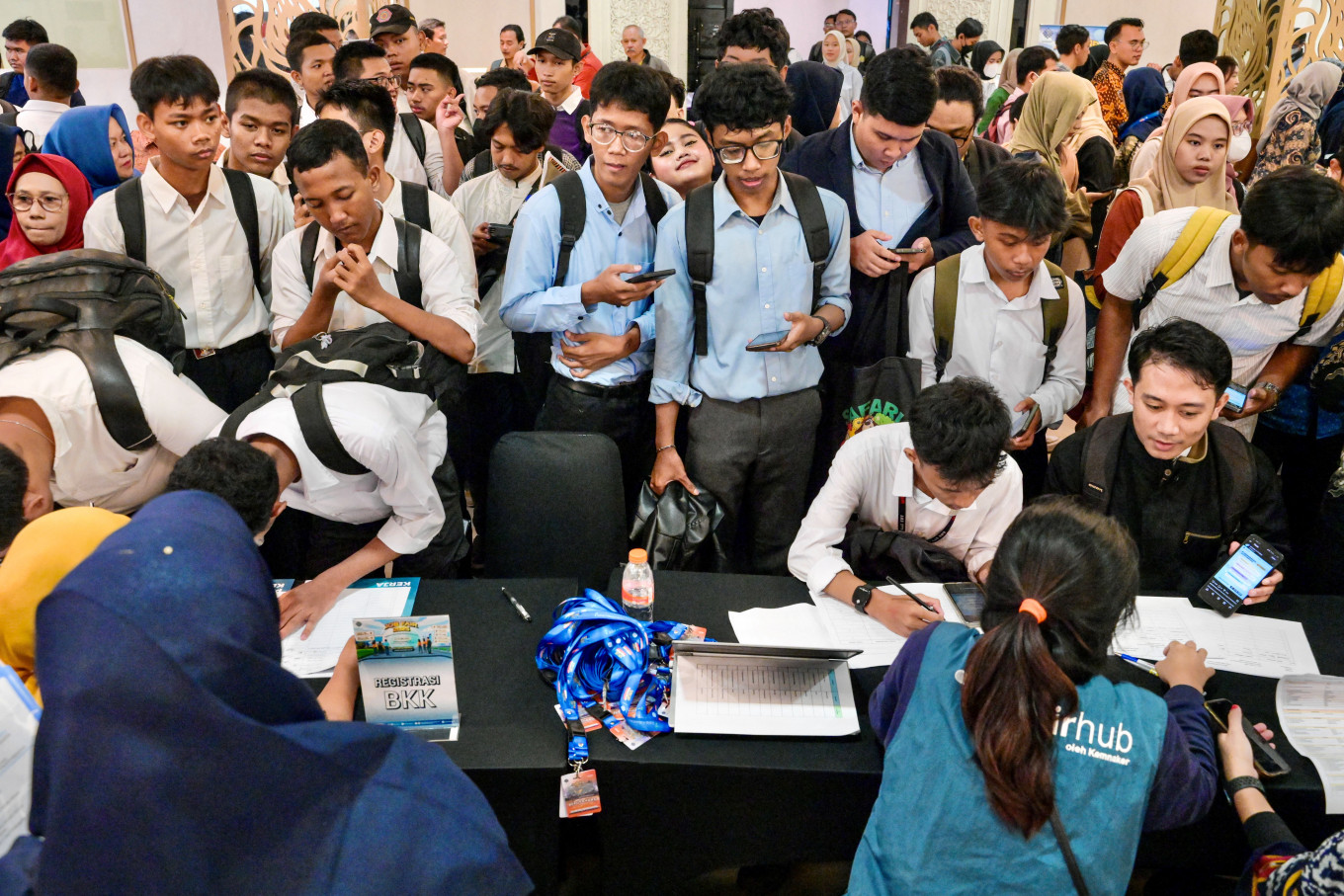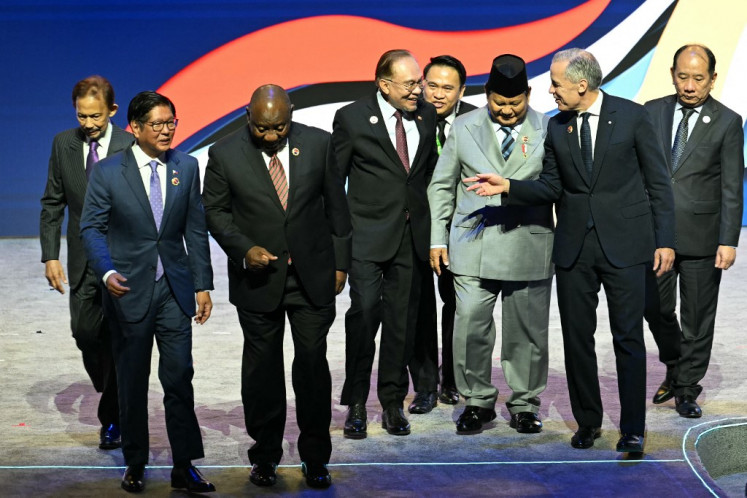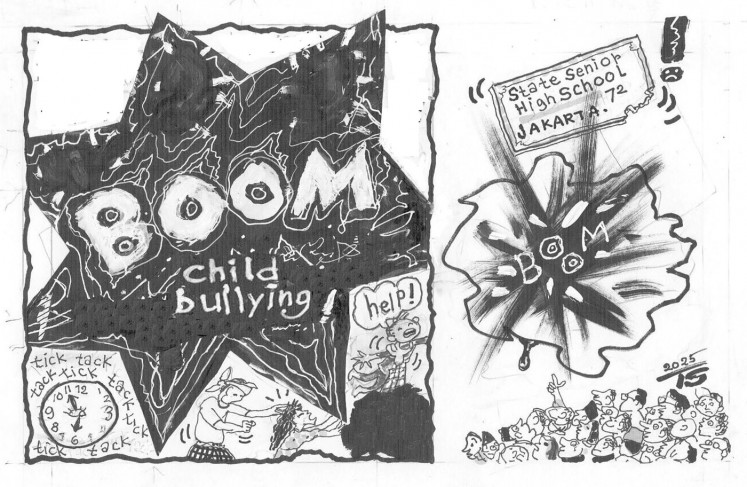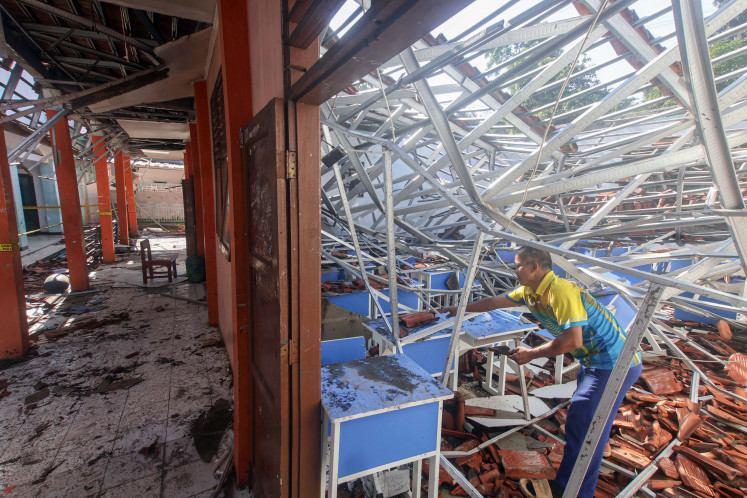Popular Reads
Top Results
Can't find what you're looking for?
View all search resultsPopular Reads
Top Results
Can't find what you're looking for?
View all search resultsWithout lifelong learning, Golden Indonesia 2045 remains a mirage
Too many Indonesian young people remain undertrained and underutilized for an economy striving for higher productivity.
Change text size
Gift Premium Articles
to Anyone
E
arly in his term, President Prabowo Subianto's administration is facing the harsh economic realities impacting many Indonesians. In the first quarter of this year alone, over 24,000 people lost their jobs. Many who attended job fairs left empty-handed, as vacancies were filled quickly or available roles did not match their skills. Even the gig economy, once a safety net for millions, including ojol (app-based ride-hailing motorcycle taxi) drivers, is no longer as promising.
Beneath these immediate labor woes lies a more profound concern. According to Statistics Indonesia (BPS) 2020 census data, an estimated 40-45 percent of Millennials and Gen Z, who will make up nearly two-thirds of the electorate by 2029, have not completed high school. Without deliberate reforms and sustained investment, the ambitious Golden Indonesia Vision 2045 risks becoming a distant mirage.
A concerted, nationwide lifelong learning strategy is urgently needed. This is not about fragmented policies addressing immediate problems but a systemic approach that bridges current gaps with future aspirations.
Standing on the promise of Asta Cita, Prabowo is charting a bold course marked by tighter political, administrative and fiscal centralization. His administration aims to streamline governance and renew focus on nationwide development, as reflected in the unfolding Mid-term National Development Plan (RPJMN) 2025–2029.
However, beneath this coherent top-down blueprint lies a widening gulf, particularly between the more educated, connected and urban populations and the larger mass of Indonesia's rural and peri-urban youth. Too many of these young people remain undertrained and underutilized for an economy striving for higher productivity. This divide is not abstract, most live outside main economic centers and have exited formal schooling without ever entering the modern economy.
While the RPJMN acknowledges the importance of human capital and vocational training, it misses a crucial element: A nationwide, sustained and locally driven system of lifelong learning. This is not just an educational shortfall, it is a structural fault line.
Without credible and accessible pathways back into learning and training, this group risks being sidelined both economically and developmentally. This risk is compounded by Indonesia's continuously evolving central-regional governance.



















